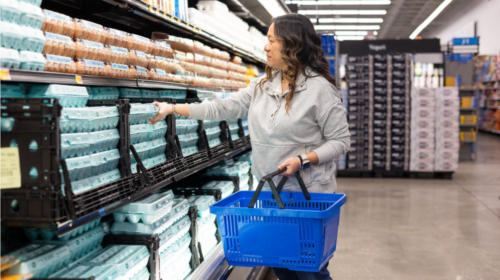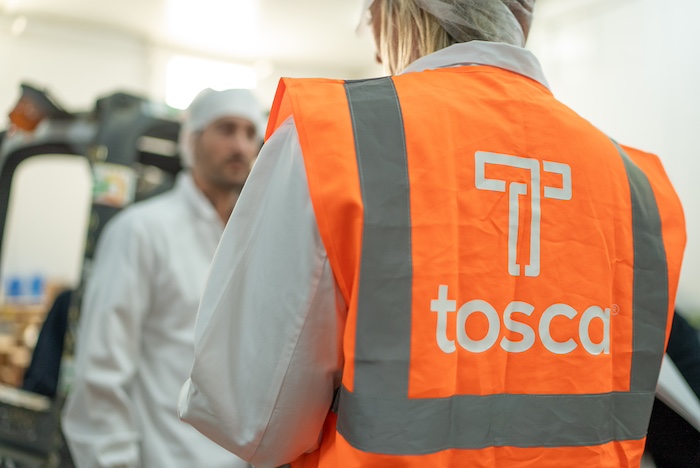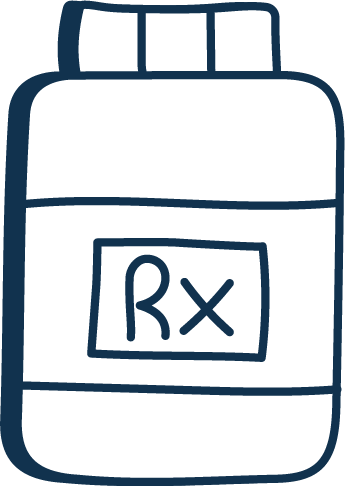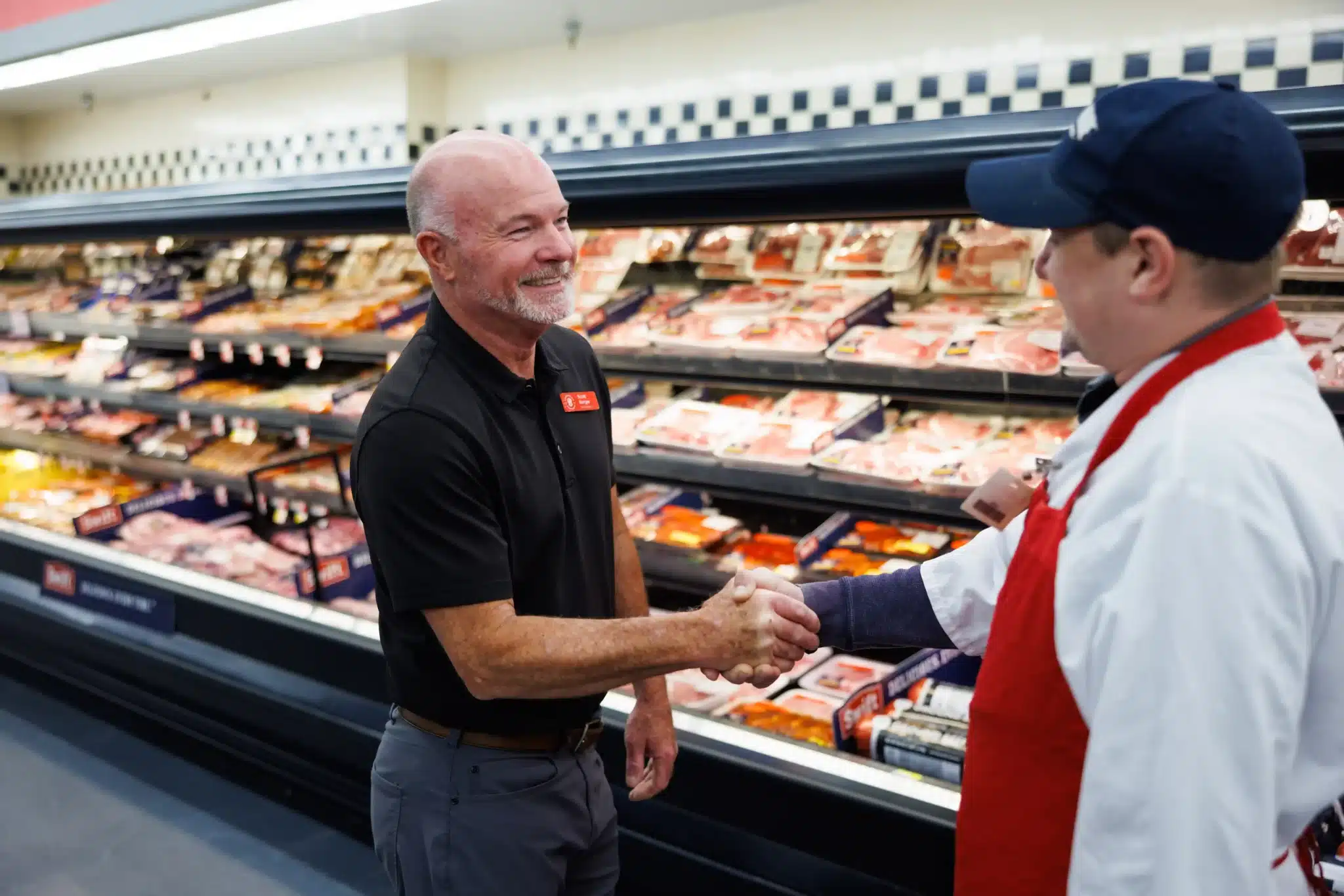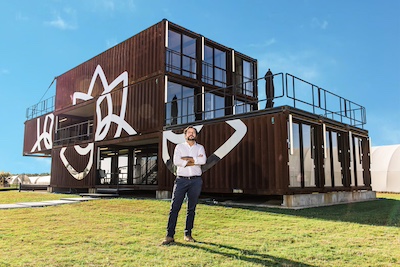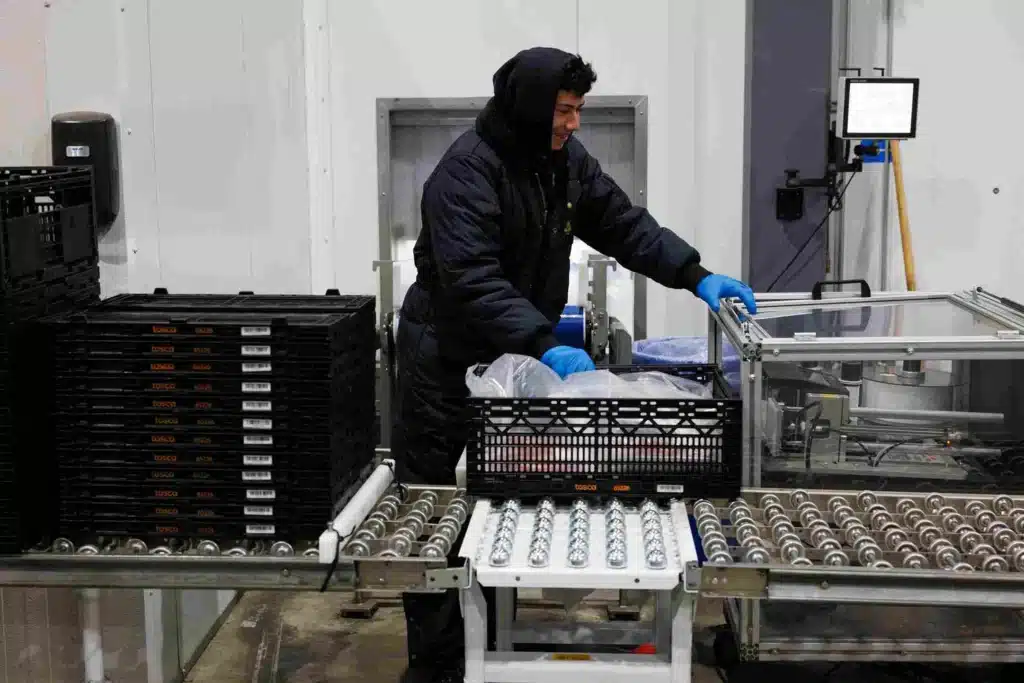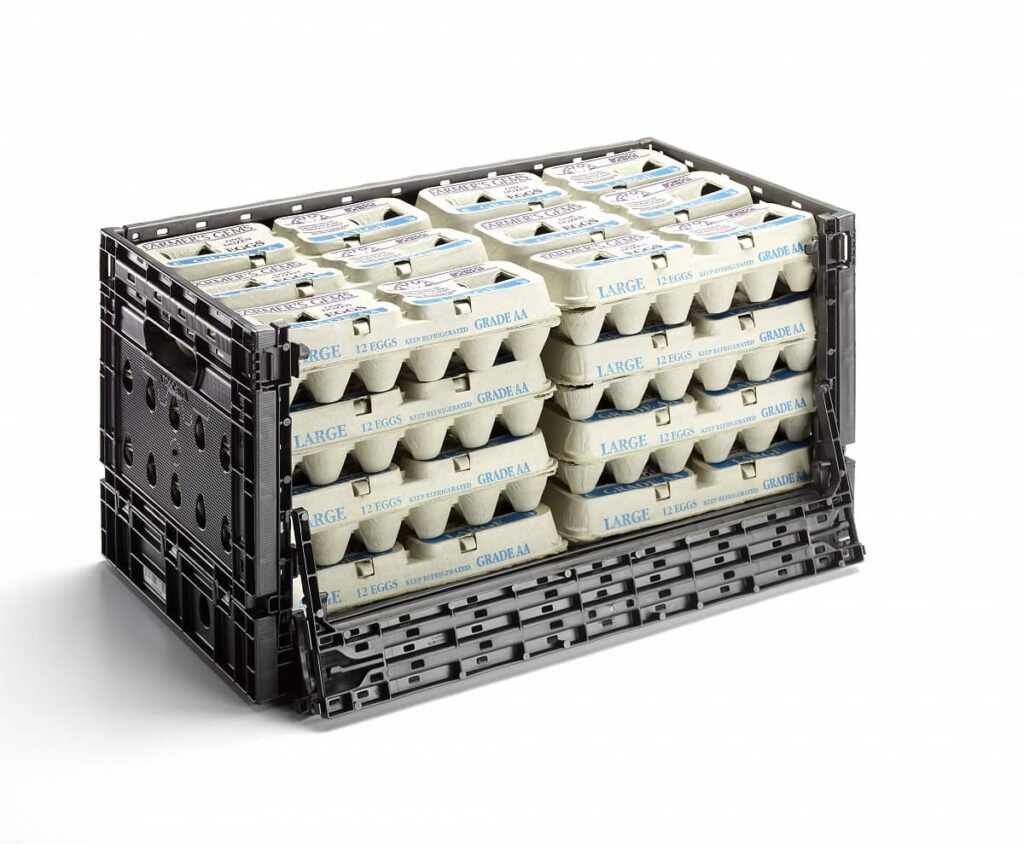How the “careful consumer” is changing food retail: Trends to watch in 2025
Published by hemasanghavi, under Retail
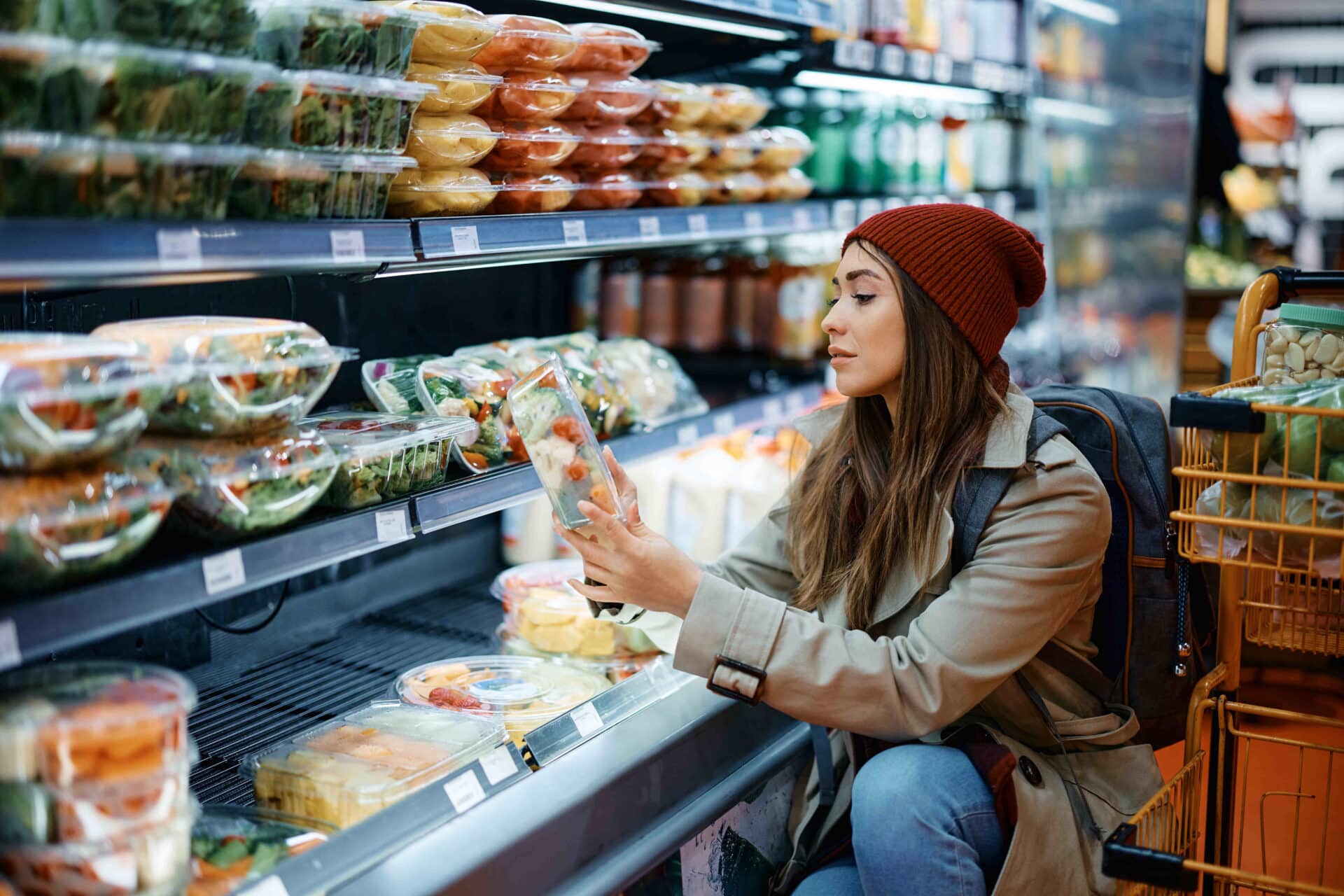
In this article
Maybe it’s the higher costs at checkout or a news report on the potential impact of looming tariffs on avocados. Or the 57% increase in recalls of fruits, vegetables, and legumes reported since 2024. Or the seesawing of the economy.
Or maybe it’s all of the above: Consumers in 2025 have a lot on their minds as they hit the grocery stores. And it’s showing in their purchasing decisions, with 87% of shoppers adjusting their habits at the store.
While retailers are understandably concerned, this frugality shouldn’t come as a surprise; historically, consumers become more cautious during economic uncertainty:
- The 2008 financial crisis caused huge cutbacks in spending.
- The 2020 pandemic triggered a wave of panic buying.
- The 2021 onset of pandemic fatigue sparked comfort and convenience-driven shopping to grow by 70%.
- The 2022 inflation surge and supply chain disruptions drove shoppers to trade down and prioritize value over brand loyalty.
Now, in 2025, inflation, tariffs, and food safety concerns have led to the return of the careful consumer. This renewed trepidation is reshaping consumer behavior. And the brands that understand and adapt to these changing consumer trends will be the ones that stay profitable.
Five consumer trends you can’t afford to ignore in 2025
These five trends are key to understanding what the careful consumer expects and how brands must adapt to stay top of mind.
Trend #1: Spending is value-driven
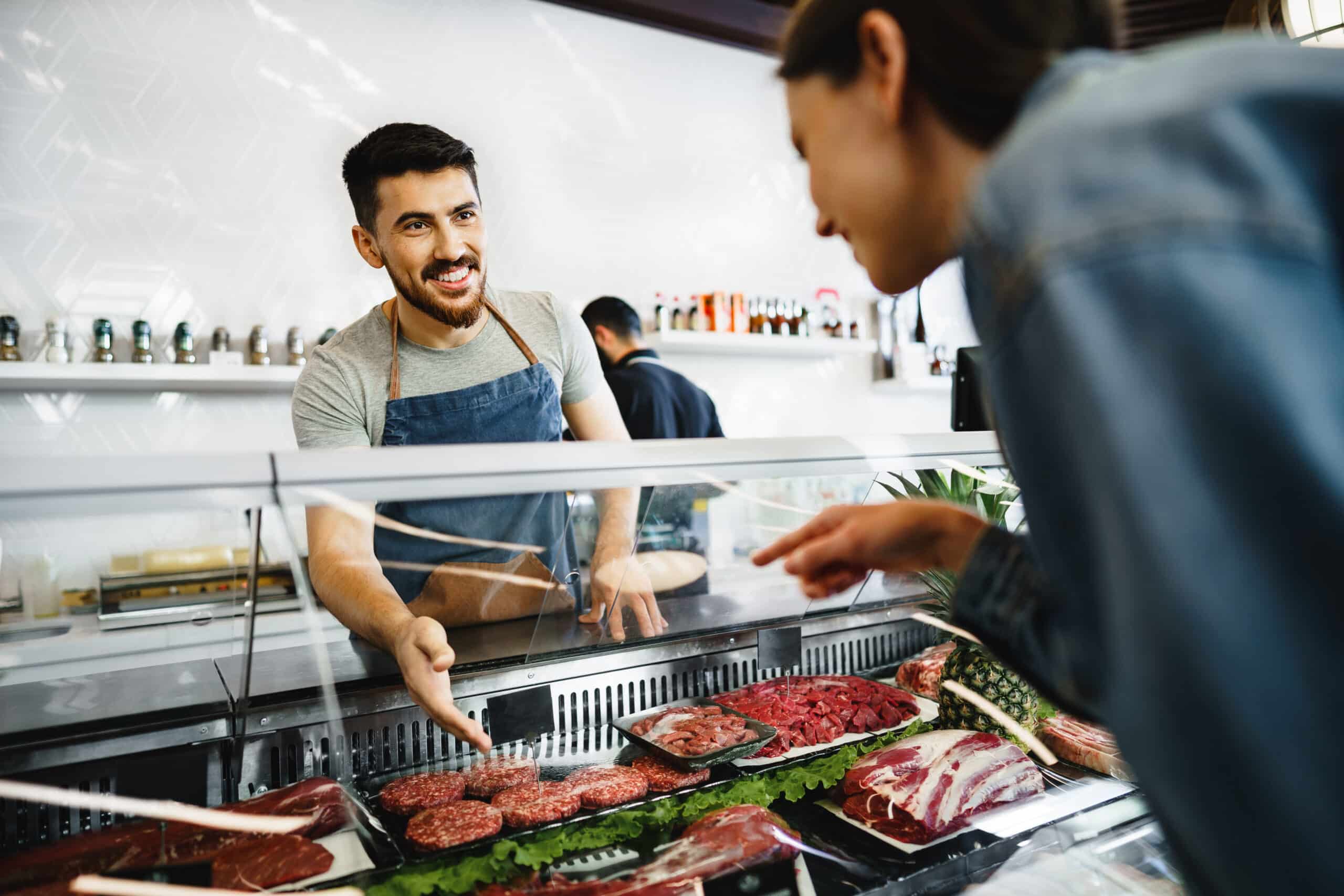
“Is this really worth the price?”
That’s the question shoppers are asking in every aisle as they become more intentional with what they spend their money on. Seventy percent of shoppers expect tariffs to drive prices even higher, a concern that puts premium tiers and brand names on the defensive.
Instead, shoppers are reaching for items that offer the most value. In fact, 41% say they actively prioritize lower-cost alternatives and products they have coupons for over their former go-tos.
To keep up with this value-driven mindset and differentiate themselves from competitors, brands must focus on proving their value.
Ask yourself:
- Are you communicating why your products are worth the price?
- Are your promotions and pricing strategies aligned with how shoppers define value today?
- Does your packaging make your products stand out from lower-cost alternatives?
Trend #2: Brand loyalty is up for grabs

Brand loyalty is already wavering because of rising value-driven spending. But shoppers are quick to walk for other reasons, too, particularly when trust is lost.
If the quality, availability, or even size of a tried-and-true product suddenly slips, many won’t hesitate to switch to a competitor. In fact, 13% of consumers say they won’t give a brand a second chance after a bad experience, whether a poor customer service interaction on the phone or products with broken packaging on the shelves.
This means that consumer loyalty must be re-earned with every interaction, making it crucial to maintain product integrity and consistency throughout the entire supply chain. For example, a dented or punctured package on the shelf raises concerns about freshness, hygiene, and safety, which can drive repeat shoppers to competitors.
To maintain loyal customers, use durable packaging to protect your products, ensuring they arrive on shelves in pristine condition.
If customer trust depends on consistency, start by reducing surprises. Build guardrails into your supply chain—like using packaging that travels well, standardizing handoffs, and flagging damage early—so that the product that shows up is the one shoppers expect.
Trend #3: Convenience is key

Today’s consumers aren’t just looking for value or the next best brand to shop with. They’re also looking for convenience.
Between rising prices and busy schedules, shoppers want products that make their lives easier. Products and services that simplify routines and save time, like meal kits, frozen-but-fresh options, and grocery pick-up and delivery, are now go-to choices.
Ready-to-eat meals are expected to reach $428.8 billion in market value this year, while online grocery shopping is projected to capture 30% of the food-at-home market by 2030.
This focus on convenience extends across the entire shopping experience, from how easily items can be found at the store to how quickly they reach the pantry.
Meeting those expectations starts behind the scenes.
Take a closer look at your operations: Are there areas you can optimize to reduce friction, cut labor time, streamline stocking, or speed up last-mile delivery?
Trend #4: Pantry-loading is back
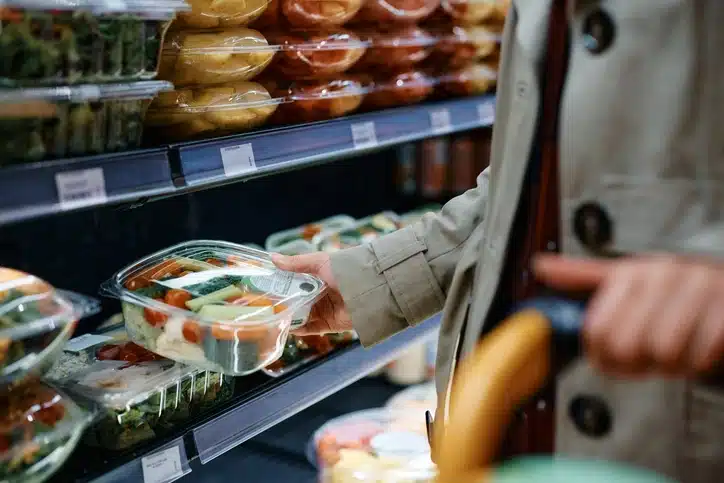
Eighty-nine percent of US consumers are striving to save money by cooking at home, but that doesn’t mean they necessarily want to hit the grocery store more often. During shopping hauls, consumers are reaching for bulk sizes and shelf-stable staples that will keep their pantries stocked longer and help their budgets stretch further.
As shoppers make larger purchases less frequently, supply chain operators and retailers are under pressure to keep products moving as quickly and safely as possible. And with out-of-stocks (OOS) costing global retailers an estimated $1.2 trillion in lost revenue, high-demand items must stay in stock.
Keeping those shelves stocked, though, comes down to execution, especially at the warehouse and store levels.
Employees need faster turnarounds and more efficient restocking processes to keep up with demand.
Using display-ready reusable crates is one way to streamline operations. They reduce product damage during handling, improve inventory management, and simplify replenishment, making it easier to keep bulk goods and pantry staples on shelves.
Trend #5: Quality reigns supreme

Even as shoppers watch every dollar, they’re not willing to gamble on questionable quality. With food recalls on the rise, shoppers are inspecting packaging more carefully, and if it looks damaged, they’re more likely to leave the product on the shelf, and with it, their trust in that brand.
The cost extends beyond just lost sales. Damaged packaging leads to rejections at the store level, more labor to sort and restock, and higher shrink across the board. It also means good products get tossed, driving up food waste—nearly $18 billion worth annually, often from items that never should’ve been unsellable.
Much of that damage can be prevented with better packaging.
Reusable packaging can help protect product integrity across the supply chain, from the distribution center to the checkout lane. Fewer crushed items and cleaner presentation help shoppers see your product as fresh, hygienic, and worth picking up again and again, even during times of uncertainty.
How retailers and suppliers can stay ahead
This isn’t the first time consumer behavior has shifted under economic pressure. It won’t be the last, either. However, unlike past moments of uncertainty, today’s careful consumer expects more from every purchase experience: value, consistency, convenience, efficiency, confidence.
For retailers and suppliers looking to remain competitive and keep profits up, it’s time to reevaluate their strategies and adjust accordingly.
Start by looking at your products, reassessing your operations, considering your packaging, and making sure you’re delivering value at every step.
| A checklist: Do you meet today’s consumer needs? |
| Are you communicating your product’s value to the consumer across all touchpoints?Can shoppers count on the same experience every time they reach for your product?Are you optimizing for online orders, pickup, and delivery?Are you offering bulk buys, private label products, and quick meal solutions?Is your supply chain resilient enough to keep up with demand?Are your restocking processes fast and efficient enough to keep OOS at zero?Is your packaging safeguarding product quality and lowering waste? |
Are you ready to win the careful customer?
In 2025, price sensitivity is high, expectations are higher, and brand loyalty is up for grabs. And the brands winning today’s careful customer will be the ones who are delivering more than products—they’re delivering value and consistency across the supply chain.
Need to assess your readiness to meet the needs of the careful customer? At Tosca, we can help you take a closer look. Contact us to schedule a cost or shrink analysis today.

